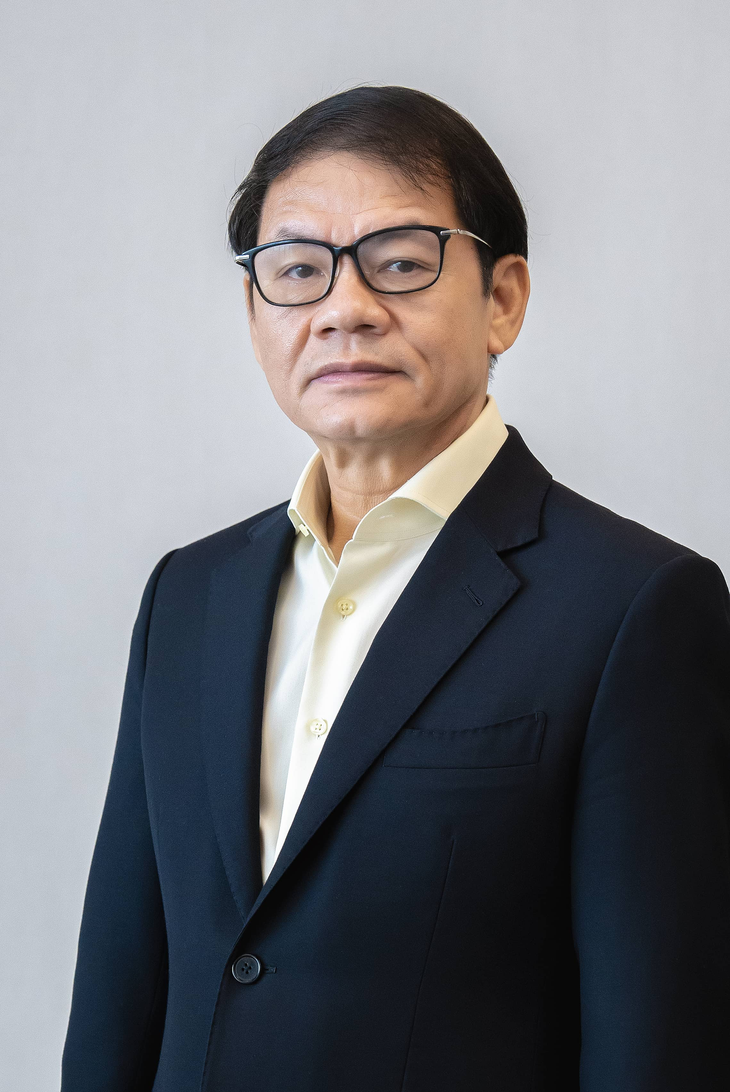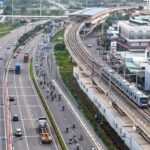Tran Ba Duong, Chairman and General Director of THACO, believes that leaders who have been with the company for decades voluntarily stepping down to make way for the younger generation is a catalyst for THACO to restructure and reposition itself in the digital industrial era.
The older generation makes way for the youth
From a farewell party for veteran leaders to a letter sent to all employees, the company’s Chairman officially launched the largest restructuring effort in years: streamlining the organization, generational transition, and laying the foundation for comprehensive digital governance.
“Many senior leaders have understood and supported THACO by voluntarily requesting to step down and make room for younger successors, even though they have been dedicated and contributed to THACO’s success. They deserve recognition for their silent sacrifices,” wrote Tran Ba Duong in a letter published on the company’s website on August 23.
Prior to this, General Director Pham Van Tai and Senior Director in charge of culture and communications Nguyen Mot had requested to leave their positions.
Simultaneously, THACO announced a series of new personnel appointments, including three young deputy general directors: Nguyen Quang Bao for Thaco Auto, Tran Bao Son for Thaco Agri, and Nguyen Hoang Tue for Thadico, along with key positions in the management operations division. Tran Ba Duong himself also took on the role of General Director.
According to the five-year strategy from 2023 to 2027, the period from 2023 to 2025 serves as a stepping stone to shape an “integrated and fully digitalized production-business-governance model.”
Tran Ba Duong stated that the group completed this goal five months ahead of schedule, ushering in a new phase of personnel arrangement focused on lean, dynamic, and fast-adapting structures.
“This restructuring is an essential starting point for THACO’s continued development, aligning with the national trend and the digital era,” Duong said, also calling for personnel evaluations based on principles of objectivity, transparency, and fairness.
An inevitable step for THACO
After three decades of growth from an automobile assembly workshop to a multi-sector corporation, THACO now has an ecosystem spanning mechanics, logistics, infrastructure, commercial services, and high-tech agriculture and forestry.
In Chu Lai (formerly Quang Nam), an industrial complex spanning over 1,300 hectares houses assembly plants for Mazda, Kia, Peugeot, trucks, and buses, accounting for 32% of the national automobile market share.
The localization rate is one of the highlights, with buses achieving over 70%, trucks over 50%, and passenger cars 27-40%, helping THACO optimize costs and customize products to meet Vietnamese demand.
In 2024, the group invested over $1 billion to build a specialized mechanical industrial park in Binh Duong, aiming to become a leading industrial support hub in the country.
Notably, THACO also proposed participating in the development of the domestic railway industry, from train cars and locomotives to signaling systems, with a commitment to maximize localization to reduce costs and master technology.
Truong Hai Group (THACO) has sent a document to the Prime Minister proposing to participate in investing in the North-South high-speed railway project.






